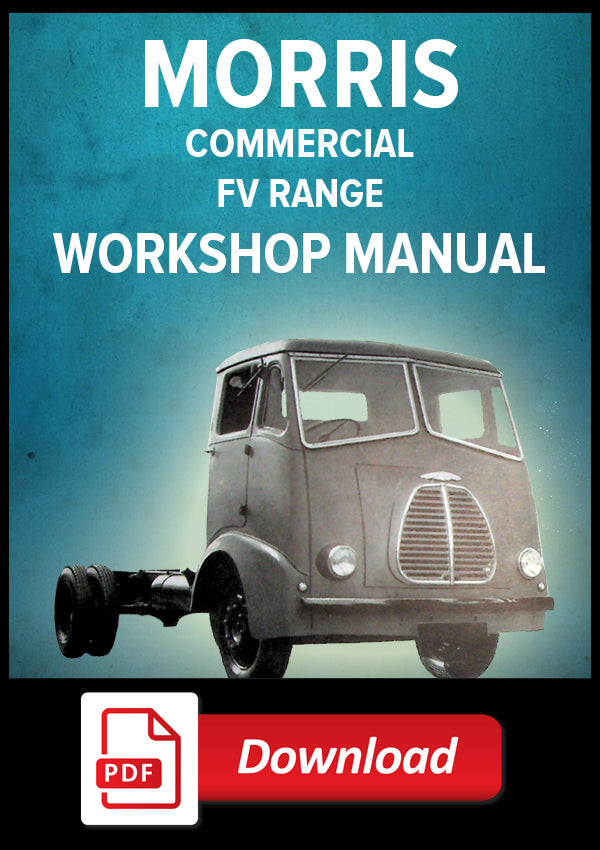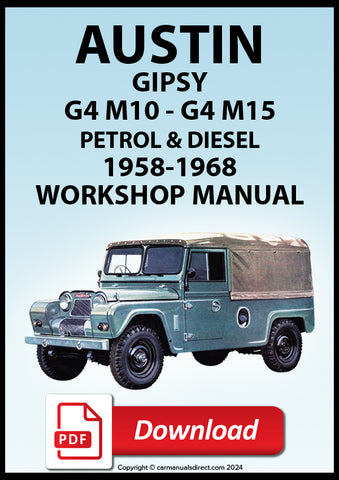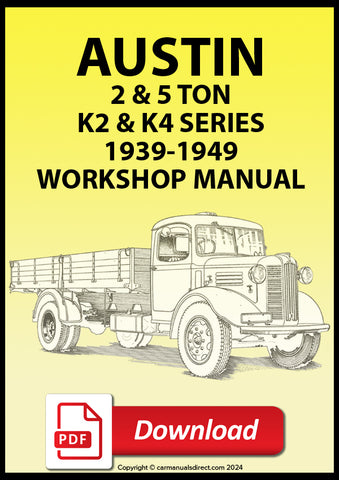
MORRIS Commercial FV Range Workshop Manual | PDF Download
MORRIS COMMERCIAL FV RANGE WORKSHOP MANUAL | PDF DOWNLOAD
Morris Commercial FV Range Workshop Manual: A Deep Dive into Maintenance and Repair
The Morris Commercial FV range, encompassing models like the FVS 12/5, FVSO 12/5, FVS 7/5, FVSO 7/5, and the FVSO 12/5 Series 2, represents a cornerstone of commercial vehicle history.
Understanding their intricate mechanics is crucial for owners, mechanics, and enthusiasts alike. A comprehensive workshop manual serves as the ultimate guide to maintaining and repairing these classic vehicles, offering detailed instructions on everything from routine servicing to complex component overhaul.
At the heart of any vehicle lies the ENGINE. The workshop manual provides exhaustive information on engine specifications and performing necessary repairs. This includes details on the lubrication system, timing adjustments, and procedures for dismantling and reassembling the engine. Proper engine maintenance is paramount for the longevity and performance of the Morris Commercial FV range.
Closely linked to the engine is the COOLING SYSTEM. Overheating can cause significant damage, so the manual dedicates a section to rectifying cooling system problems. This includes flushing procedures, thermostat replacement, and radiator maintenance, ensuring the engine operates within optimal temperature ranges.
The FUEL SYSTEM is another critical area covered in the manual. The manual provides step-by-step instructions to ensure efficient fuel delivery and optimal engine performance. This is particularly important given the age of these vehicles and the potential for fuel system components to degrade over time.
The EXHAUST SYSTEM, responsible for safely venting combustion gases, receives its own dedicated section. The manual details procedures for inspecting and repairing the exhaust, muffler, and tailpipe. Addressing exhaust leaks is crucial for both performance and safety.
Moving beyond the engine bay, the CLUTCH plays a vital role in transmitting power from the engine to the drivetrain. The manual outlines adjustment procedures and instructions for replacing worn clutch components.
The power then flows through the MAIN GEARBOX and, in some models, the AUXILIARY GEARBOX. The workshop manual provides detailed diagrams and disassembly/reassembly instructions for these complex units. Understanding the inner workings of the gearbox is crucial for diagnosing and rectifying issues such as gear slippage or difficulty shifting.
Next in line are the PROPELLER SHAFTS AND CENTRE BEARINGS, responsible for transmitting power from the gearbox to the axles. The manual offers guidance on inspecting these components for wear and damage, as well as instructions for replacing universal joints and bearings. Maintaining these components is essential for smooth power delivery and minimizing vibrations.
The FRONT AXLE and REAR AXLE sections detail the construction, operation, and maintenance of these components. This includes information on wheel bearing maintenance, axle shaft inspection, and differential servicing. Proper axle maintenance ensures safe and reliable vehicle handling.
The CHASSIS AND SUSPENSION system is crucial for ride comfort and handling. The manual provides guidance on inspecting and repairing suspension components such as leaf springs and shock absorbers. Maintaining the chassis and suspension is essential for ensuring the vehicle's structural integrity and safe operation.
The WHEELS AND TYRES section covers tyre pressures, wheel alignment, and tyre rotation. The manual provides recommendations for tyre types and sizes. Maintaining proper wheel and tyre conditions is paramount for safety and fuel efficiency.
The BRAKES are obviously a critical safety system. The manual offers detailed instructions on brake system maintenance, including brake pad and shoe replacement, brake fluid bleeding, and master cylinder repair. Ensuring the brakes are in good working order is non-negotiable for safe operation.
The STEERING system allows the driver to control the direction of the vehicle. The manual covers steering box adjustments, steering linkage inspection. Proper steering system maintenance ensures responsive and predictable handling.
The ELECTRICAL SYSTEM section covers wiring diagrams, component testing, and troubleshooting electrical faults. This includes information on the battery, alternator, starter motor, and lighting system. A solid understanding of the electrical system is crucial for diagnosing and resolving electrical problems.
The STANDARD CAB section addresses the interior components of the vehicle, including seats, instruments, and controls.
Finally, the manual often includes information on SERVICE TOOLS required for specific tasks. Having the right tools makes maintenance and repair work easier and more efficient. The manual lists specialized tools that are recommended or required for certain procedures.
In conclusion, the Morris Commercial FV Range workshop manual is an invaluable resource for anyone involved in the maintenance and repair of these classic vehicles. By providing detailed instructions and illustrations, it empowers owners and mechanics to keep these iconic vehicles running smoothly for years to come. From the ENGINE to the ELECTRICAL SYSTEM, every aspect of the vehicle is covered, ensuring that no repair is beyond the reach of a diligent owner armed with the right knowledge.

File Format: PDF
Language: English
Print: Print the complete manual or just the pages you require
Bookmarked: Bookmarked for easy navigation
Requirements: We recommend using Adobe PDF Reader for best results
Device: We recommend downloading to a PC or Laptop or visit our Download Help Page for further information regarding Smart Devices
Images are Copyright©Car Manuals Direct and are used for promotional purposes only.
Copyright©Car Manuals Direct 2018




